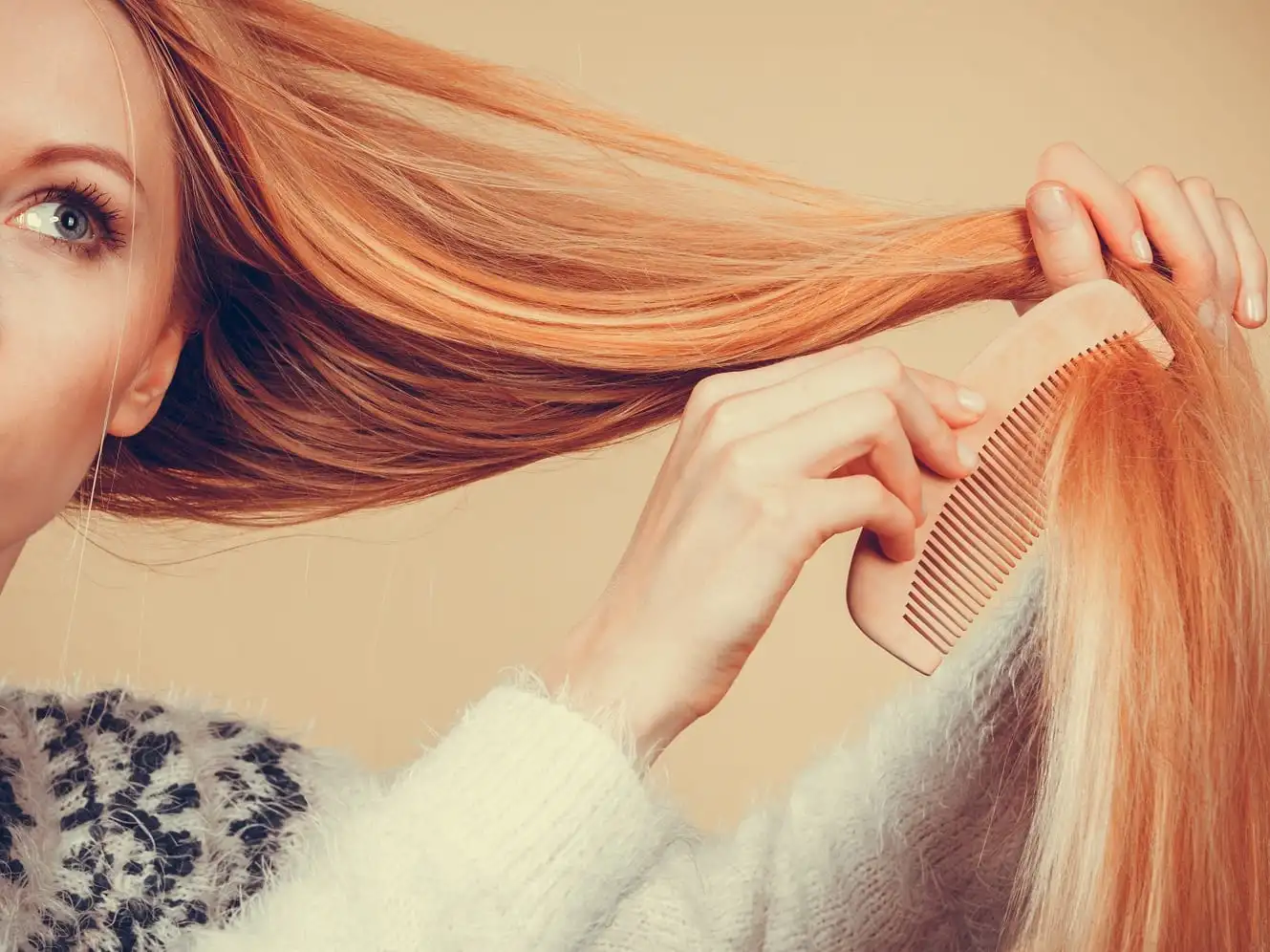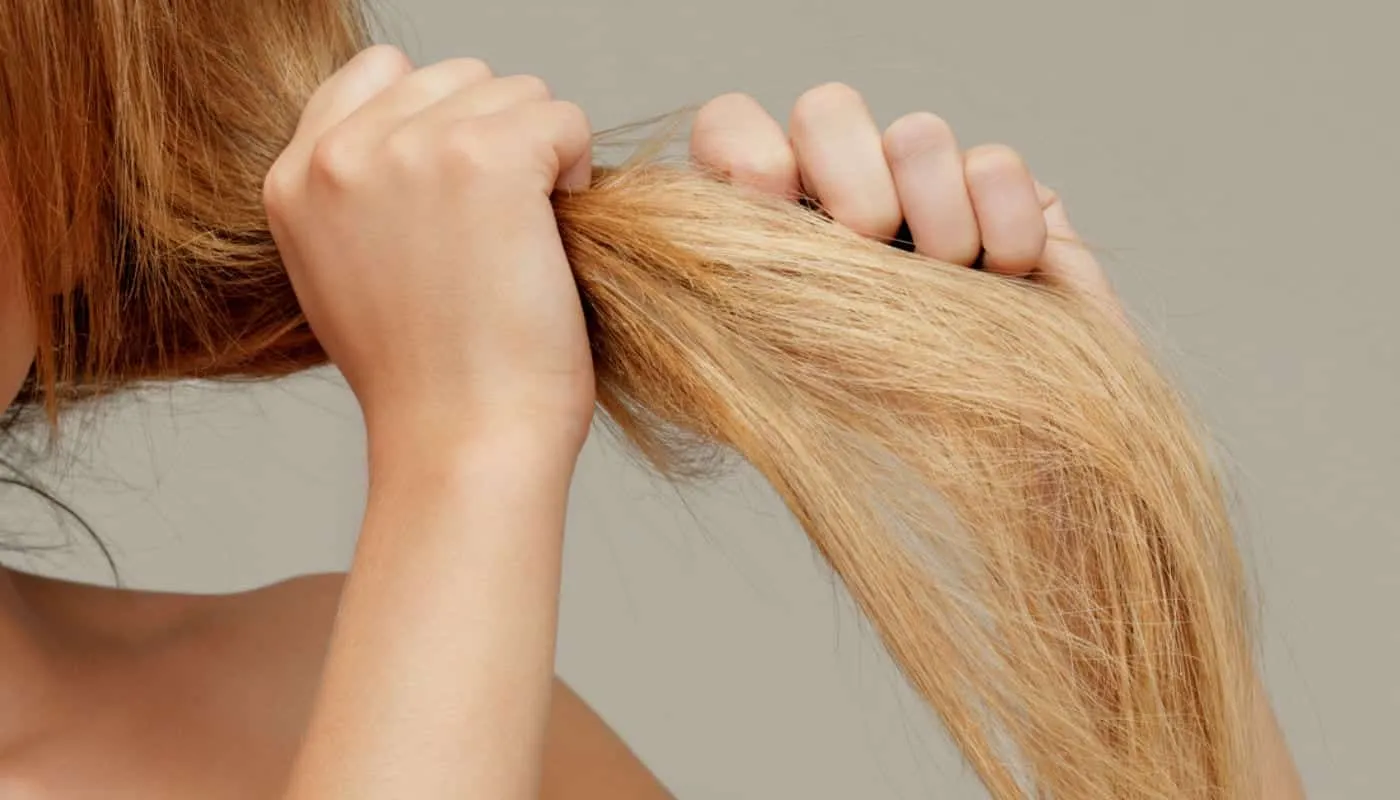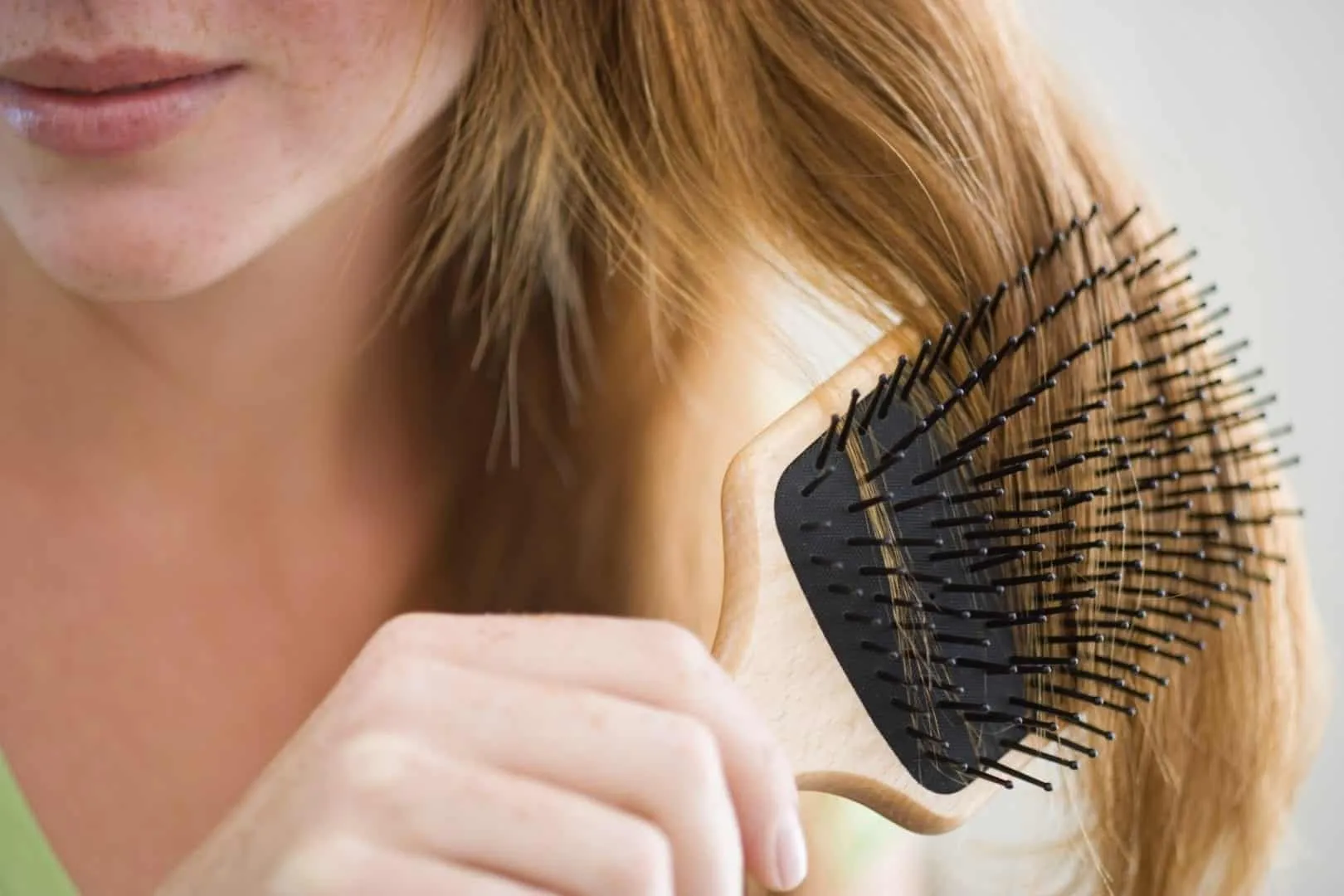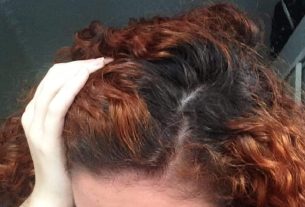Do you have dry hair, with a coarse texture and difficult to untangle? These are symptoms of porous hair. Find out how to recover them.
In principle, porous hair is dry hair, with rougher strands, a coarse texture that tangles very easily. Certainly, this happens because the cuticles of these hairs are normally open after having suffered damage. In fact, one of the most common causes of the problem is the lack of malnutrition in its internal structure.
Furthermore, porous hair is a result of excess chemicals. For example, bleaching, dyeing, progressive and other types of straightening.
Another major hair villain, without a doubt, is the excessive use of thermal tools. For example, dryers, straighteners, and even excessive exposure to the sun.
In fact, all these processes not only make the hair porous, but also cause damage to the surface layer of the hair. Therefore, these hair cuticles end up being open and leaving the inner part of the hair exposed to dryness and other damage.
Certainly, porous hair also increases the likelihood of strands becoming stained more easily. This is why, for example, blonde hair (normally more porous due to bleaching) tends to be stained green after a swim in the pool.
Types of hair porosity

First of all, it is worth highlighting that there are three types of hair porosity. In fact, each of them must receive different treatment. Such as, for example, hydration, nutrition and reconstruction.
Check out the three types now:
Low porosity: when the cuticles are tightly closed. Therefore, it may become more difficult for the hair to absorb water or any type of treatment;
Medium porosity: basically, when the cuticles are half open. In other words, the strands can absorb water and treatments easily. In this case, in fact, the hair is considered healthy;
High porosity: when the cuticles are too open. In other words, the strands are very dry, frizzy and even brittle. Above all, this type of hair can absorb water quickly. However, it can also lose water very easily.
Test to find out your hair porosity

Above all, after understanding what porous hair is and what types it is, it is time to understand what your strands are saying. To do this, you just need to do a simple and quick test at home. As you will see, in a very simple way, it is possible to identify whether your hair has high, medium or low porosity.
Firstly, you need to have clean hair. Then, simply remove some strands and place them in a glass of filtered water. Then, just wait for 10 minutes.
After this pause time, you basically have to observe how the thread is doing. Therefore, if your hair:
- Sink into the glass = high porosity.
- It didn’t sink and stayed in the middle of the glass = medium porosity.
- It floated and stayed at the top of the glass = low porosity.
Treatments for porous hair
Now that you’ve identified the porosity level of your strands, it’s time to understand what type of treatment your porous hair deserves. After all, each type needs specific treatment. So, get to work.
1- Hair with high porosity

Above all, if your hair has high porosity, it means it is very dry. Therefore, the ideal treatment is reconstruction. In other words, the use of concentrated protein or liquid keratin masks.
2- Hair with medium porosity

Basically, hair with medium porosity is healthy. Therefore, to ensure that it remains strong and nourished, the ideal is to use hair nutrition. Therefore, you can choose between the mask with oils or the vegetable oils themselves. This process is also called wetting.
3- Hair with low porosity

Above all, when the hair has low porosity, it means that the cuticles are closed. Therefore, you can focus on hydration.
In fact, a very efficient tip in this case is to start the treatment in warm water. By the way, note that it is warm water, not hot. This is because warm water can open the cuticles and, consequently, facilitate the absorption of the treatment.
Necessary daily care

In general, if you want to recover porous hair, you need to opt for treatments that work from the inside out. In other words, a hair reconstruction every 15 days and also weekly hydration. Furthermore, it is legal to use oils, leave-in products and masks with proteins and lipids.
It is also worth mentioning that the strands that are porous have their cuticles open. In other words, they can absorb the product quickly, but they can also release their assets with the same ease. Therefore, reapply the products at least weekly until your hair is able to recover completely.
Anyway, what did you think of our article? Do you have any questions about porous hair?
Come check out more articles from Women’s Area: Hair schedule, understand what it is for and how it works
Sources: Beauty on the Web, Stay Diva
Featured image: Beauty and fashion website




